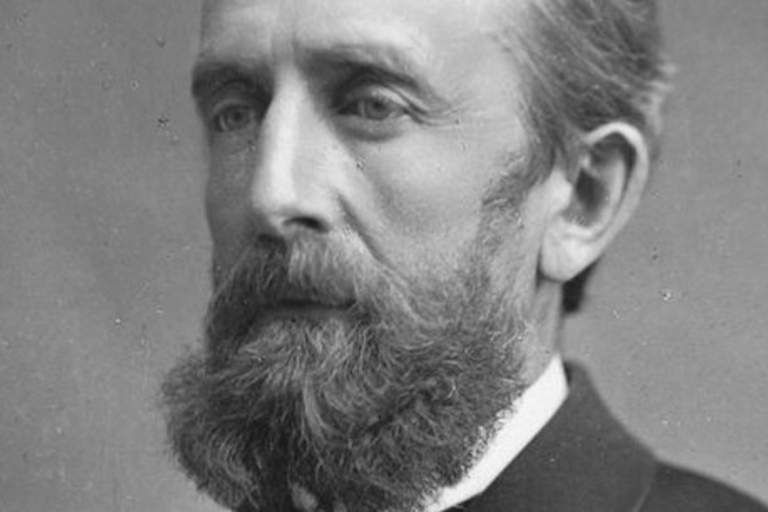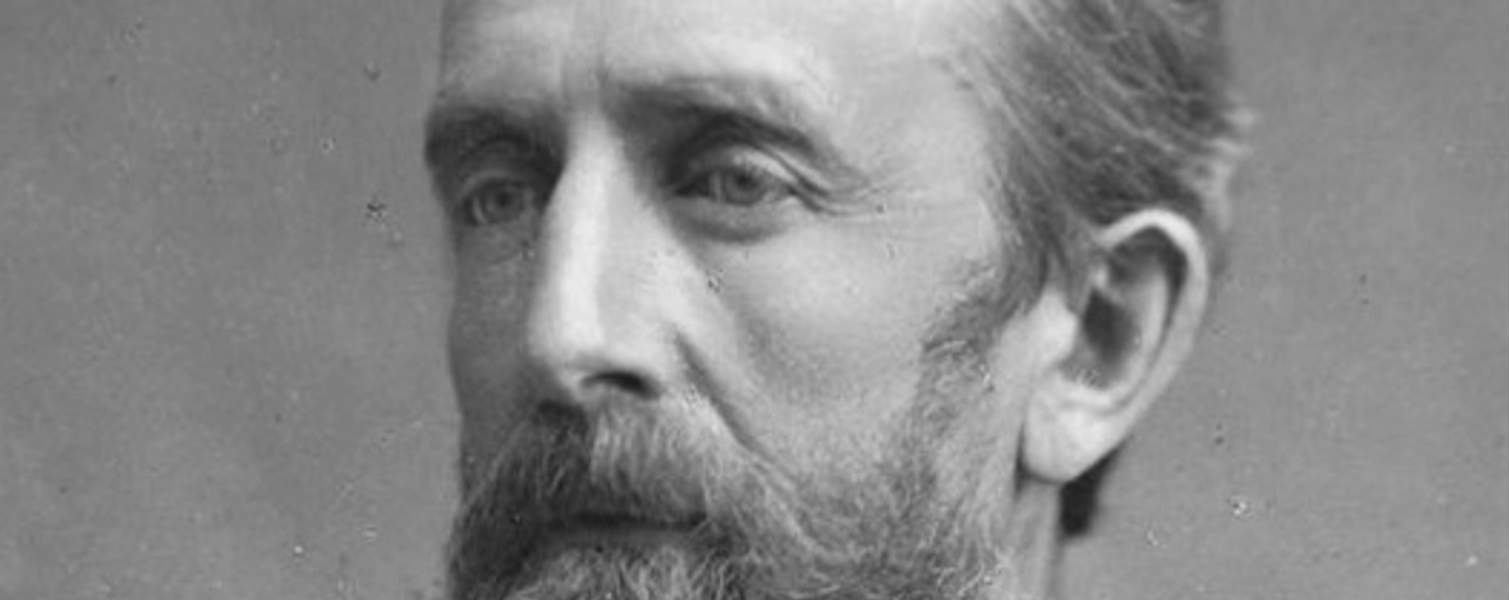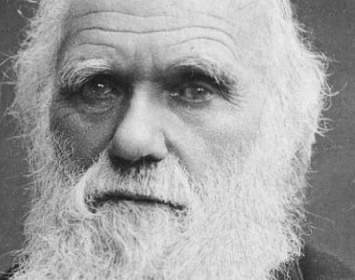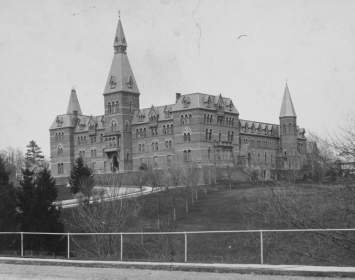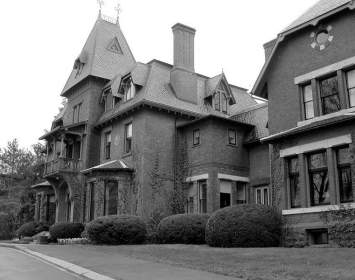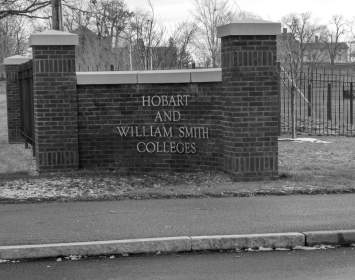
Andrew Dickson White cofounded Cornell University, the first major American institution of higher education unaffiliated with any religious body.
While completing his higher education in Germany, White broke with orthodoxy after he recognized the incompatibility of the genealogies of Jesus given in the Gospels of Matthew and Luke. On returning to America, he was influenced by liberal Congregationalist Theodore Parker and Unitarian William Ellery Channing. White settled into a poised deism that rejected beliefs in miracles or eternal punishment, yet he never ceased to call himself a Christian and never approached atheism or agnosticism.
White was was the youngest serving New York State senator in 1862, when the Morrill Act gave to each state a large tract of western land. Proceeds from the sales of this "land grant" were intended for the founding of colleges. Ezra Cornell, who had made millions wiring the nation for the telegraph, was the eldest serving state senator. The two men found they entertained compatible visions for a future land-grant university. It would be, in Cornell’s words, “an institution where any person can find instruction in any study,” offering majors in scientific and technical subjects as well as the humanities. More controversially, it would be nonsectarian.
Both men’s experiences had fostered antipathy toward denominational sectarianism. Cornell had been ejected from the Society of Friends for marrying a non-Quaker. White drew on his unpleasant freshman year at Geneva College, a forerunner of today’s Hobart and William Smith Colleges. Even then, White later wrote in his autobiography, he had begun to dream of a university that “should be under control of no single religious organization; it should be forever free from all sectarian and party trammels; in electing its trustees and professors no questions should be asked as to their belief or their attachment to this or that sect or party.” Cornell having pledged a portion of his vast fortune and White a portion of his more modest one—over and above the land grant proceeds—the two seized control of the project. After political controversy, Cornell University was chartered in 1865. White would be its first president.
The new university at Ithaca would be the nation’s first major academy unaffiliated with any religious body. Sectarian papers had libeled Cornell as a den of infidelity and perversity, accusing “indifferentism” (insufficient attention to doctrine) or outright godlessness. So wounding was this criticism that New York Governor Reuben E. Fenton made a last-minute decision to boycott the opening ceremonies, a remarkable choice because he had already journeyed to Ithaca for the sole purpose of attending them.
Religious conservatives continued to rail against Cornell and against White himself. In 1869 White struck back, delivering a combative lecture attacking religion as the greatest enemy of scientific discovery. In short order, the lecture grew into an influential series of articles in the magazine Popular Science Monthly, then into an 1876 book in which he condemned “ecclesiasticism,” not religion as whole, as the chief obstacle to scientific discovery.
Under White’s leadership, Cornell did emerge as a center for heterodoxy and even unbelief in American higher education. In 1878, Cornell’s tenth year of operation, a newspaper’s survey of the graduating class (comprising fifty-eight students) revealed that only thirty-five could be considered religiously orthodox; the rest identified themselves with labels including deist, atheist, materialist, and "on the fence."
While serving as a U.S. diplomat in Russia, White collected his subsequent thinking on this subject into his two-volume magnum opus, A History of the Warfare of Science with Theology in Christendom (1896). White indicted “theology,” which he viewed as the imprudent extension of religious teachings into truth claims about the universe. White saw theology as a threat both to science and to pure religion. But his florid rhetoric stressed science as the victim of the church—his account of Galileo’s persecution was especially fervid—and most readers took away the idea that science and religion were locked in ceaseless combat.
White’s History became a notable bestseller. It reinforced the message of an earlier and even more successful book, John William Draper’s 1874 History of the Conflict between Science and Religion, driving home the “military metaphor” of war between science and religion that shaped much twentieth-century thinking. White was especially praised by atheists and freethinkers, an outcome that gave the thoughtful religious liberal little comfort.
Twentieth-century historian Stephen Carter concluded that White’s History did as much as any published work “toward routing orthodoxy in the name of science.” Science and religion were widely viewed as enemies, with science holding in the eyes of many the moral high ground. However inadvertently, Andrew Dickson White stands as one of the most effective and influential advocates of unbelief.
White's autobiography is available here. Cornell University’s official biography of White is available here.
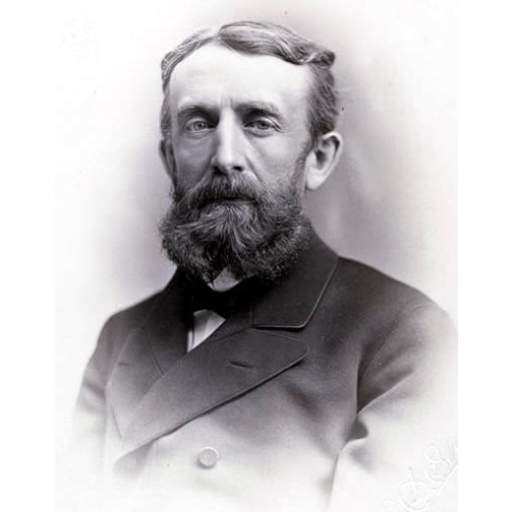
Andrew Dickson White
Andrew Dickson White.
